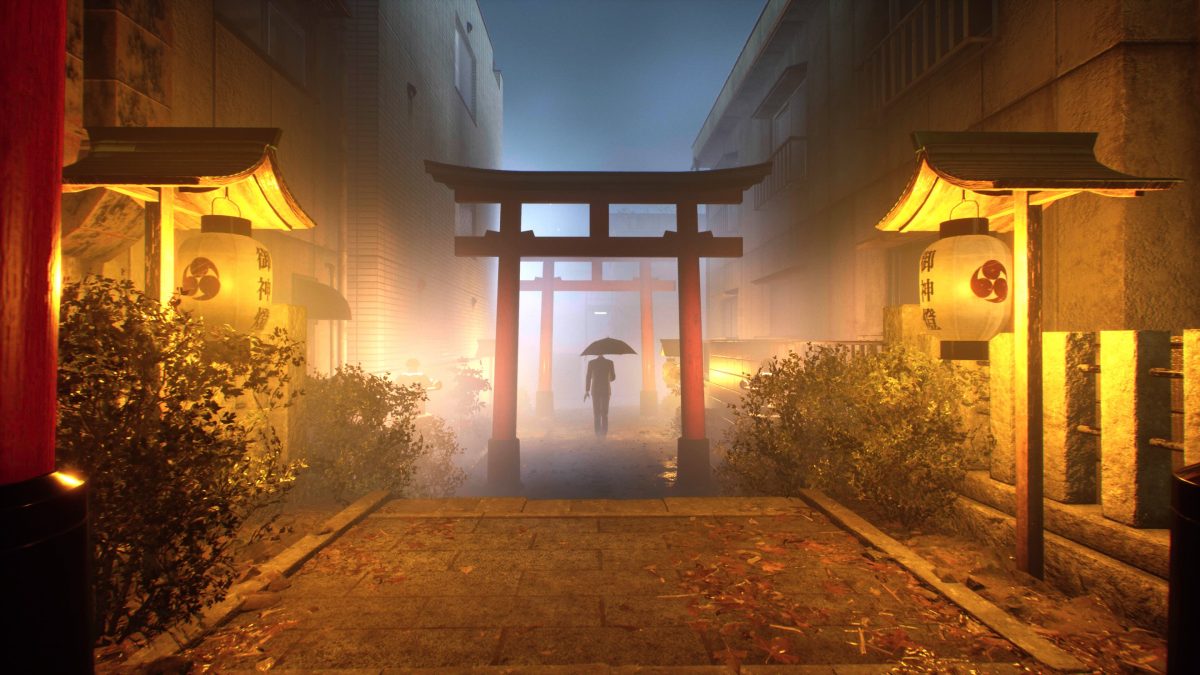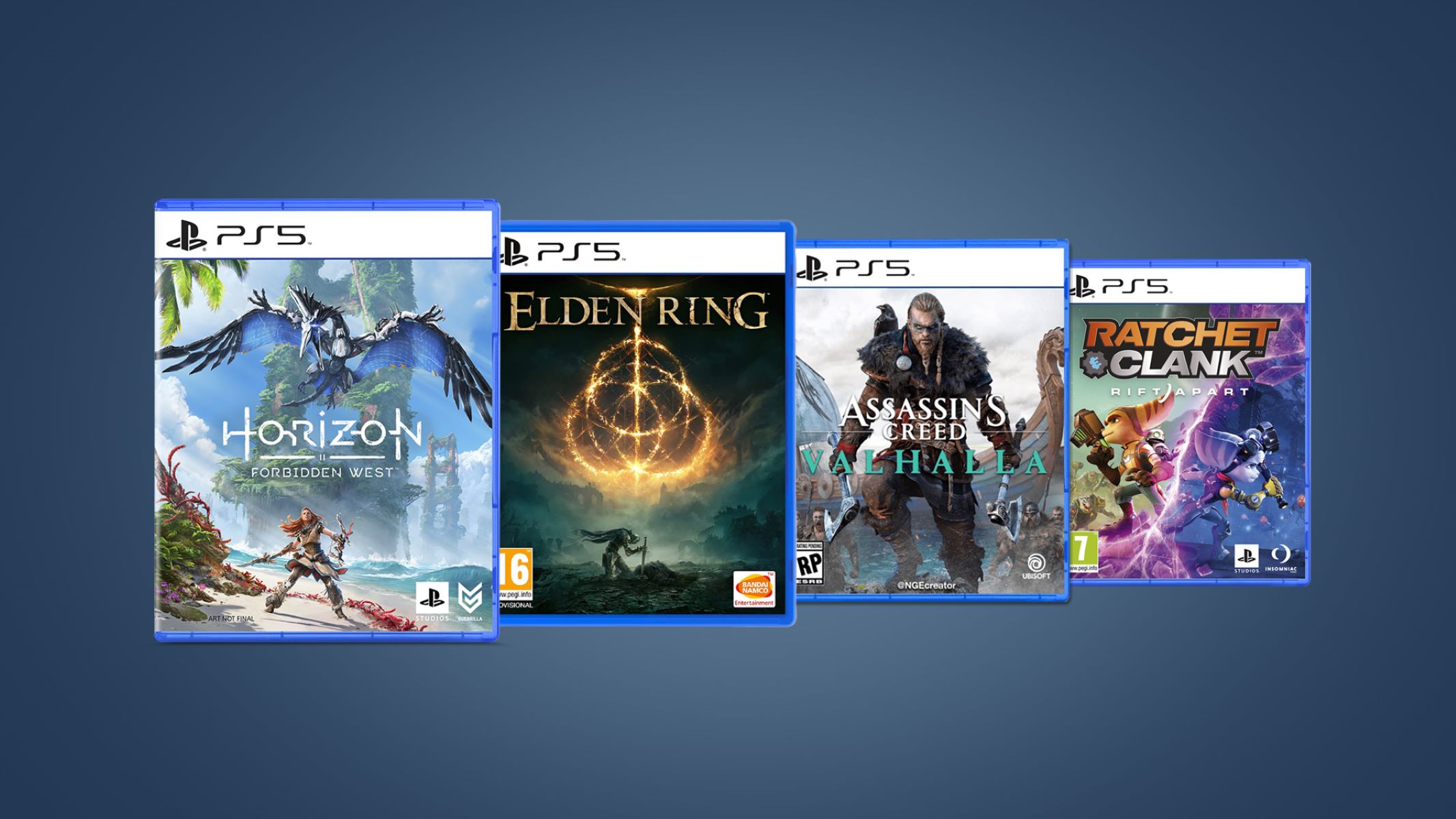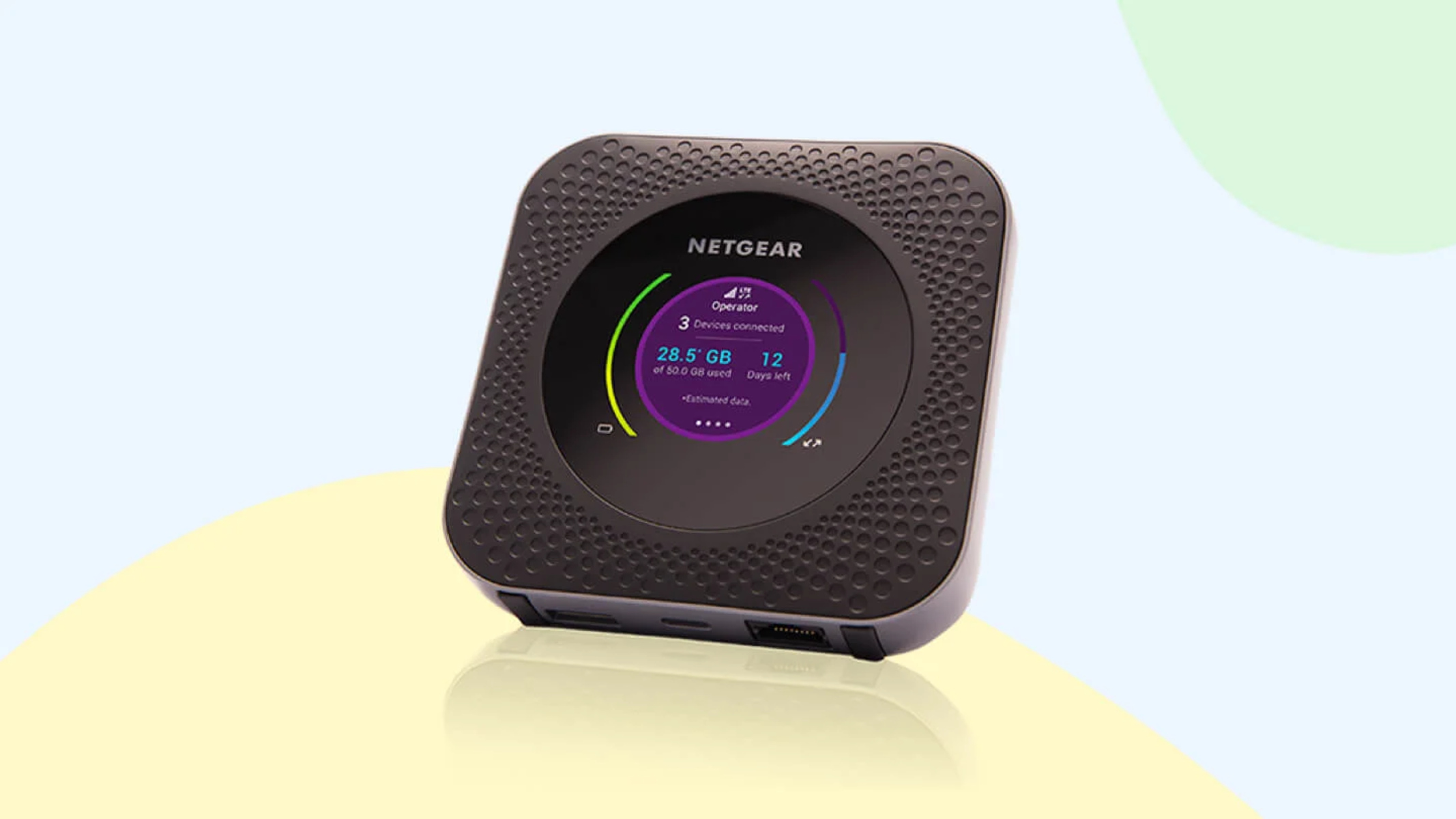Tango Softworks made a name for themselves when they released the Evil Within series. Because of the series’ success, they managed to make an impact on the video game industry. Now, they decided to make another leap, with the upcoming release of Ghostwire: Tokyo.
Today we’ll talk about the Ghostwire: Tokyo game, what we can expect, and what we hope to see when it releases. That, and a few healthy speculations about the game itself.
What Is Ghostwire: Tokyo?
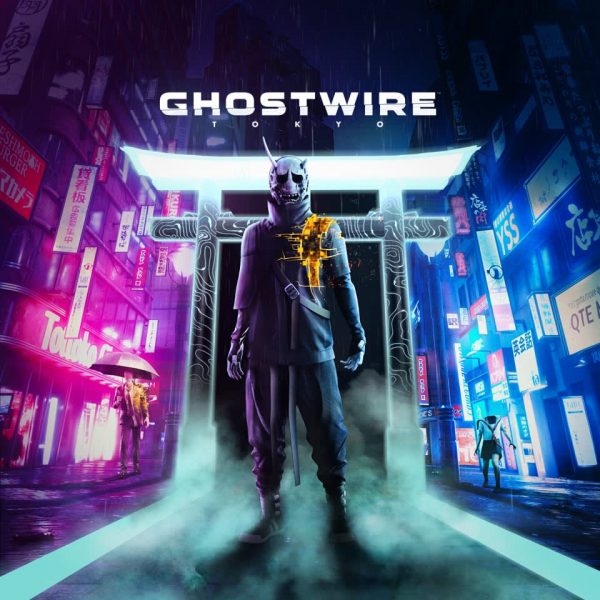

Ghostwire: Tokyo is an upcoming action-adventure horror game from Tango Softworks. For those not in the know, they are the developers behind the Evil Within series. Both titles share the element of horror. The game is set to be published by Bethesda Softworks for the PC and next-gen consoles. The game will be released on PC and PS5 in October 2021. Meanwhile, Xbox Series X/S players will get the game in late 2022.
When Ghostwire: Tokyo was announced, most people thought that the game is going to be a horror game. However, the developers stated that the game would be an action-adventure game pretty much from the start. It didn’t help that the game’s first trailer evoked a horror vibe with all the people in Tokyo disappearing and all. However, the second trailer did show some of the action-adventure parts of the game with all the fighting the characters are doing. For now, we’ll just have to wait and see how the game would look when it’s released.
Ghostwire: Tokyo Preview
As Ghostwire: Tokyo hasn’t been released yet, the only thing that we can do is to speculate on what the game would be. Here are some things we know about the game based on the trailers, as well as some speculations.
Story
The overall gameplay of the game might be more action-packed than what people thought it would be. However, its story is sufficiently mysterious and horror-filled, though not to the point of the developer’s other game series.
At the moment, we know for a fact that 99% of Tokyo’s population vanished without a trace in just a single day. Those few that remained are then plagued by the “Visitors,” who take the form of various Japanese yokai. These Visitors torment those that remain in Tokyo, and your character is one of those people.
Because of your abilities, and the fact that you can see what others can’t and fight what they can’t, you now have a goal: stop the rampaging Visitors all over Tokyo, find out why the disappearances happened, and figure out who’s behind it. Through this, you can save Tokyo, but that’s easier said than done. Because the Visitors are varied in scope, and it seems that those behind their appearance are incredibly powerful. Luckily for your character, you’re not doing this alone. There seem to be other people still in Tokyo that didn’t disappear and also have a grudge against the perpetrators.
All in all, the game’s story does have some horror and suspense twists added to its action gameplay. This is something that the gaming industry has seen before, FEAR being the most prominent. We’ll talk more about similar games to Ghostwire: Tokyo later on in this article.
Gameplay, Combat, and Controls
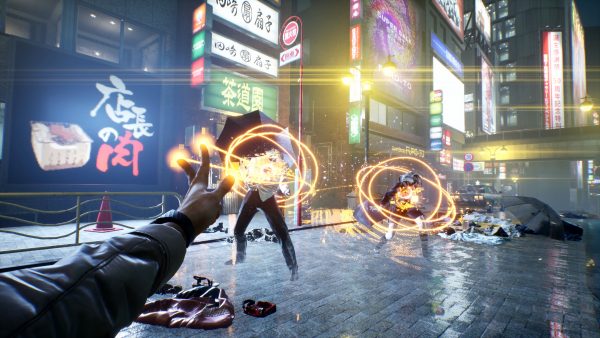

The combat in Ghostwire: Tokyo is almost similar to a first-person shooter (FPS) game at first glance. However, there are several things to take note of that are different from the usual FPS games that gamers are used to.
For one, the developers put more emphasis on the game’s “magic” system. This magic system of Ghostwire: Tokyo takes inspiration from various Onmyodo practices in Japan. The most notable of these inspirations is the kuji-kiri (nine symbolic cuts) practice of hand gestures. These hand gestures are used to do various spells that shoot elemental magic to the various yokai enemies that the player comes across.
However, magic isn’t the only thing that the various characters have at their disposal. They also have other weapons that they can use for combat against monsters. There aren’t that many shown in the two trailers in the game. However, we do have images of a bow and what seems to be monofilament spirit wires that kill from a distance. Unfortunately for players of the melee persuasion, there aren’t any weapons that allow you to go mano-a-mano against the yokai shown. However, the developers did state that the game’s combat is almost like karate, so there might be some unarmed combat added into the game.
There are also rumors of a combo system that takes advantage of quick kills and well-timed parries. Like the unarmed combat, these aren’t confirmed yet, so we’ll just have to wait and see in that regard.
For now, we have no idea how the combo system would mesh with the game’s first-person perspective. Even if there are games that took advantage of this like Bullets Per Minute, there are still some uncertainties to the addition from some players.
Graphics and Level Design
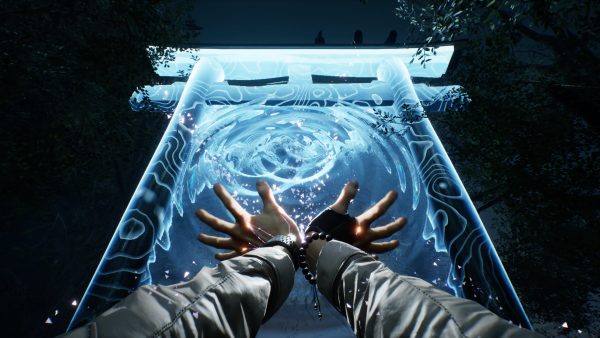

The developers have been keeping any word on their levels close to their chest. However, we can expect that Tokyo, as well as other supernatural realms related to Japanese mythology, will make an appearance.
There seem to be places where torii gates are prominently displayed. These gates seem to imply that there are areas in the game we either need to go where multiple enemies lie. Or, they’re gateways to another area or boss arena. Either way, your character is seen to go inside these gates to seal them, purify them, or destroy them. Thus, there’s a chance that a core part of the game’s plot and gameplay would be sealing, purifying, or destroying these supernatural torii gates.
Graphics-wise, the game looks gorgeous, with a lot of really cool lighting and particle effects. The various kuji-kiri hand signs have distinct effects when used, and the game’s atmosphere lends itself to a horror/action-adventure aesthetic.
Various monsters and “Visitors” in the game look incredibly distinct with some of them being just terrifying. The various Slendermen with umbrellas alone evoke a vibe of the player being on the other side of the curtain. Combine that with the atmosphere of abandonment surrounding Tokyo portrayed with its empty streets and abandoned alleyways? Well, the experience is going to be a great one for those that want something different.
The Visitors
The Visitors in Ghostwire: Tokyo has its ties on various Japanese yokai. These supernatural entities appeared when Tokyo’s population suddenly vanished. For those that caught it in the trailer, there seems to be an organization that facilitated the whole thing.
For now, though, let’s talk about the various Visitors that the players will encounter in the game:
Faceless Spirits
Faceless spirits aren’t usually that aggressive when you see them in contemporary Japanese folklore. However, on Ghostwire: Tokyo, these spirits in suits and holding umbrellas are more than happy to tear you to shreds. In Japan, these spirits are known as nopperabō. They look human until you realize that they have featureless faces. No hair, eyes, noses, nothing.
Headless Ghosts
Now, these headless schoolgirls are a pretty unsettling sight to see. They move as if drunk, twitching constantly and very vicious. In one part of the trailer, we saw one doing cartwheels to attack your character. For now, people have speculated that these ghosts are nukekubi, a yokai that can remove its head, kind of like the Headless Horseman. However, their heads tend to not stray far from the body since they won’t be able to reunite if they go too far. This might be relevant since in the trailers we don’t see any sign of heads floating around.
Amewarashi
Anyone who looks at these ghosts might have some flashbacks to Little Nightmares. To be fair, they do look similar to Six with the yellow raincoat and all. However, the amewarashi had been there long before Six and are a pretty mischievous yokai overall.
These yokai are the manifestations of sadness that were caused by being separated from their parents. Now that’s a really sad way to make a yokai.
Anyhow, don’t let the sad backstory fool you, this Visitor is a bit of an annoyance. In the game, the amewarashi has a whistle that allows it to call other Visitors to fight the player. Lord knows what would happen if it calls some of the other Visitors on this list.
Shiromuku
Now this one is a bit of a contentious addition to this list because it’s a bit of a confusing one. For one, the developers stated that they’re manifestations of regret and other strong feelings by a bride who wasn’t able to marry their lover.
However, the abilities that they have in the game seem to evoke images of Yuki-onna, a woman who wields ice and frost. The Yuki-onna can be considered femme fatales of the highest order, kidnapping men to become their husbands. Oftentimes these men die due to the sheer cold of their bodies and the blizzards that they constantly have when they manifest.
Kuchisake-Onna
Next up on the list is the Kuchisake-onna, which is one of the more terrifying yokai on this list with the most unsettling story. This yokai makes its appearance to anyone, though usually, males see it more. It then asks them if she’s beautiful. If they answer no, they get shanked and killed. If they say yes, her mouth will open, but in a grisly smile that stretches from cheek to cheek, literally.
She’ll then ask again if she’s still beautiful, but this time, there’s no right answer. Say yes and she’ll give you a free facelift via her knives. Say no and she kills you. The only way to get out of this conundrum is to say that she’s average the first time she asks you, or distract her with money and hard candy.
In the game, they’ll stop asking this question in favor of straight-up killing you. Thus, it’s best to just kill them when you encounter them.
Teru Teru Bōzu
Lastly, we have the teru teru bōzu, which are just traditional paper monk dolls hung outside of windows. However, these dolls have taken a life of their own, and the benevolence that usually permeates them is now gone and replaced with malice. They haven’t shown any special abilities other than floating menacingly though.
In addition to these yokai, there are also several individuals in the gameplay trailer that wear hannya masks. Tango Gameworks implied that these individuals are related to the disappearances of the people in Tokyo. We don’t know their motives or how they’ll interact with the player yet, but those masks of theirs aren’t showing that they’re friendly.
Possible Visitors
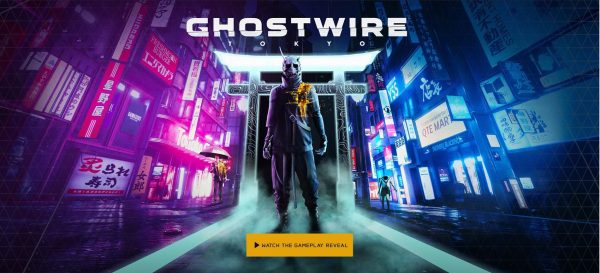

Given the rich amount of yokai varieties and legends in Japan, there’s a chance that they aren’t the only ones making an appearance. Here are some popular yokai that made an appearance on other media that we think would appear as Visitors on Ghostwire: Tokyo.
Hachishaku-Sama
The first one on the list is Hachishaku-sama or the eight-foot tall lady who wears a straw hat. She kills children after stalking them for weeks, or even months, making her a very dangerous yokai.
There’s a tall woman that fits her description that appears near the end of the gameplay trailer. Thus, there’s a real possibility of her being in the game properly when it’s released.
Nurarihyon
Next up would be the lord of mischief and pandemonium himself, the Nurarihyon. Just from the description alone, you would guess why he’s a good fit for the game. He usually goes for the mischief side of his description, dealing practical jokes and pranks on other people. However, given the situation, he can be an incredibly malicious yokai to come across, and that seems to be the one that fits well in the game.
Oni
The oni are incredibly strong yokai, which are the ogres of Japanese mythos. They usually come in various skin colors, but usually are colored red and carry a kanabo, a really brutal iron club. These yokai are absolute powerhouses and can kill with one slam of their kanabo, so it’s usually a good idea to stay away.
Tengu
Lastly, we have the tengu who control the shadows and the winds. They’re incredibly fast and very nimble, sometimes using Ninjutsu and illusions to disorient their enemies. They’re also guardians of forests and mountains, though they were also seen as harbingers of war and ill fortune as well as seen as demons.
Sound Design
We have a really good idea of what the game’s music would be thanks to the recent gameplay trailer. The trailer had some really good beats that upped the suspense of being stuck in the ghost town that Tokyo has become. Other than that, though, there’s not much we can say about the sound design or the game’s possible OST.
Games Like Ghostwire: Tokyo
Ghostwire: Tokyo isn’t the only one that has an action adventure with some horror added into it. There are three game series that seem to have the same feel as well. These are the Dead Space, Evil Within, and F.E.A.R series, some of the most critically acclaimed series in terms of good gameplay, and gripping stories. Well, at least on Dead Space 1 and 2, not so much on 3.
Dead Space
Dead Space sets the player in outer space, of course, in the shoes of Isaac Clarke, an engineer on a mission to the USG Ishimura. It then went wrong due to the whole spaceship being infested with Necromorphs that want to eat his face and tear his limbs off. The gameplay itself is a 3rd person shooter, but there is a lot of added horror due to how the Necromorphs look, as well as the game’s overall atmosphere.
F.E.A.R.
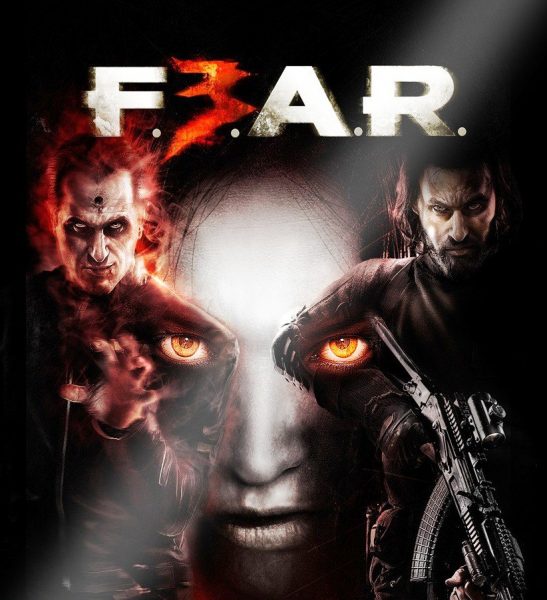

Meanwhile, the F.E.A.R series sets you in the shoes of either the Point Man (F.E.A.R 1 and 3) and Michael Becket (F.E.A.R 2). These two men have to brave not only genetically modified soldiers but also other supernatural shenanigans made by Alma Wade, a powerful psychic that wants to tear apart reality itself. The horror isn’t that much when compared to Dead Space, but there’s still an ample amount of it due to the various setpieces and jumpscares.
Evil Within
Lastly, the Evil Within will be directly compared to Ghostwire: Tokyo. Not only do both games deal with the supernatural but they also are set in a modern world compared to ours. Another similarity shared between both games is that they are made by the same team. Lastly, both titles make use of the third-person perspective much like the Dead Space franchise.
Should You Be Excited About Ghostwire: Tokyo?
If you’re the kind of person who wants to have a romp in Tokyo, dishing out onmyo magic to defeat yokai, then yes, you should be excited for Ghostwire: Tokyo. The game looks good on the gameplay trailer, the story’s intriguing with an unsettling mystery, the Visitors look good, and there’s a lot we don’t know that we’ll discover in the game.







